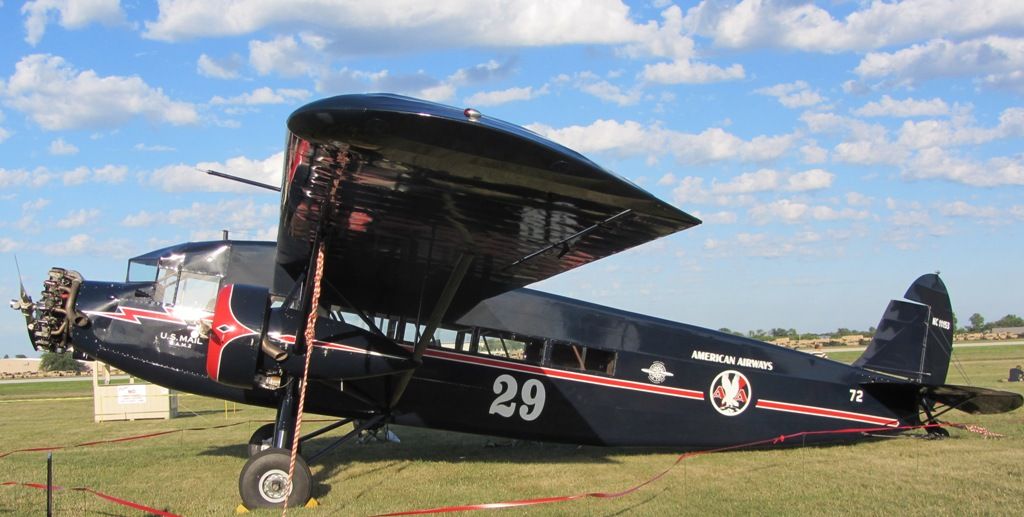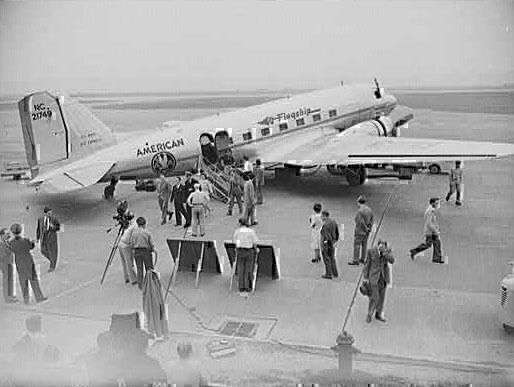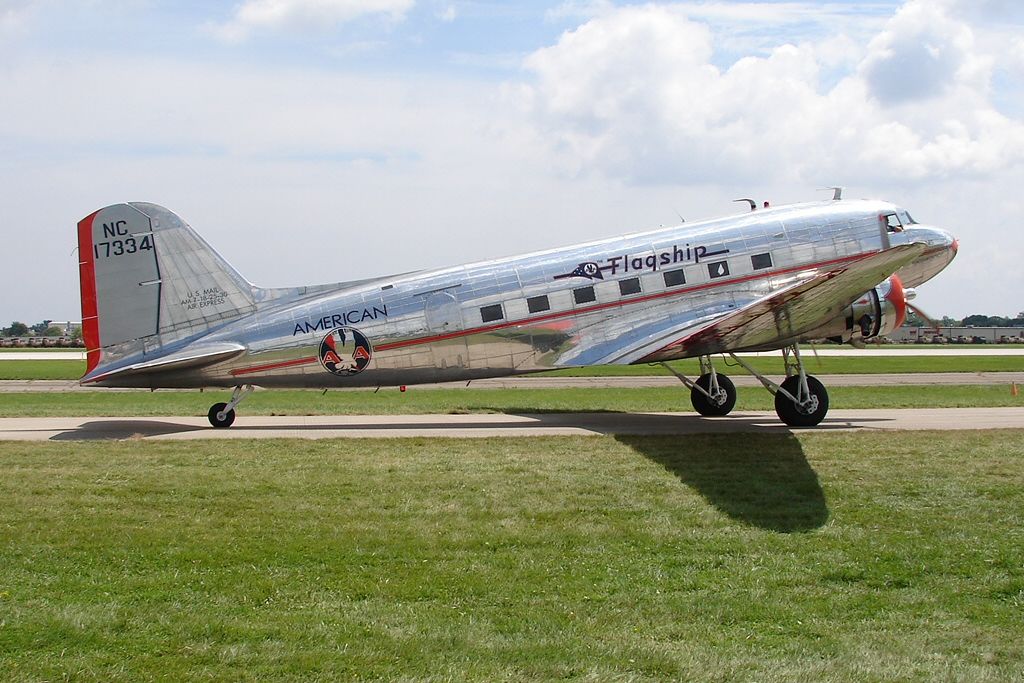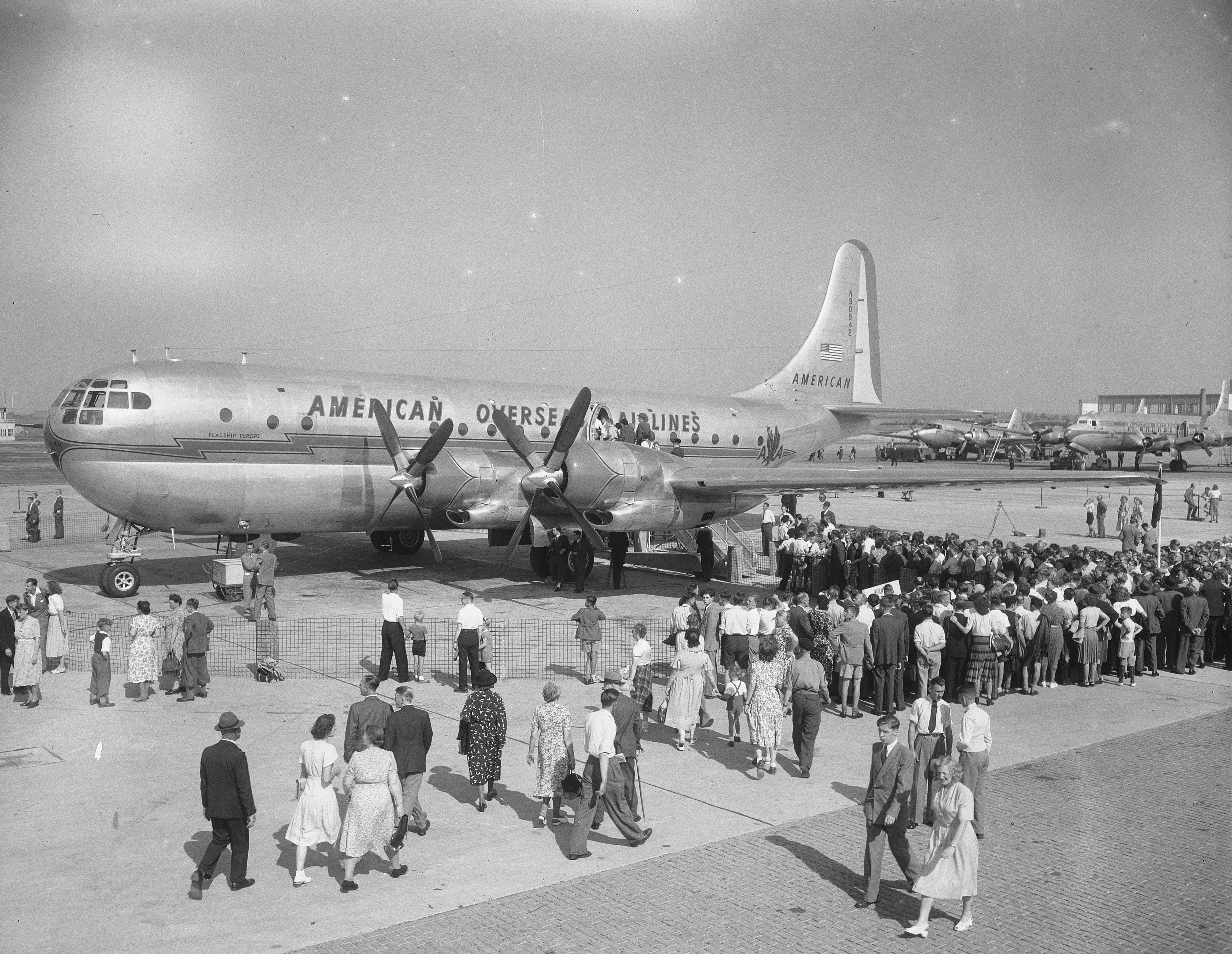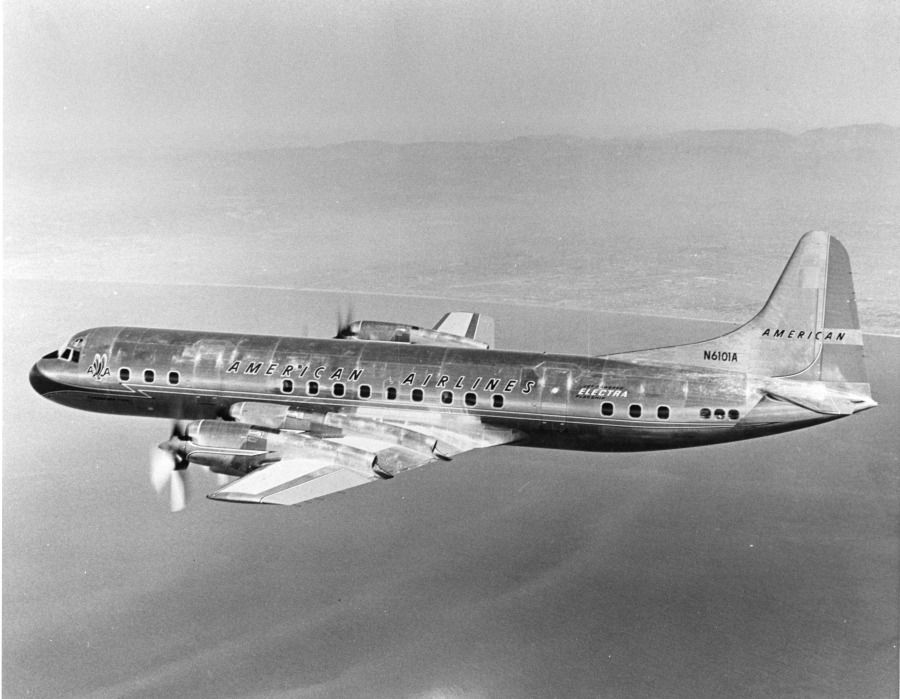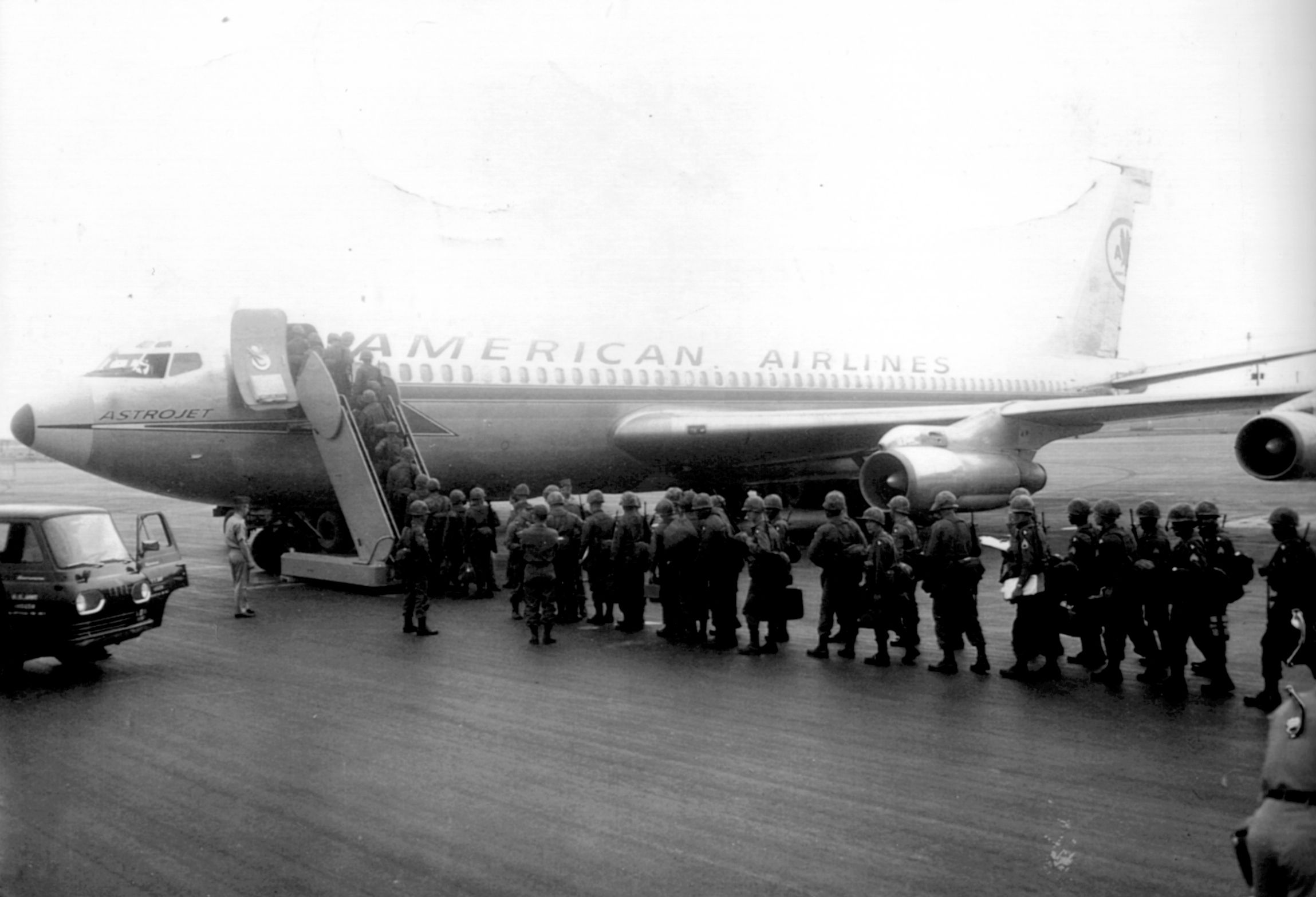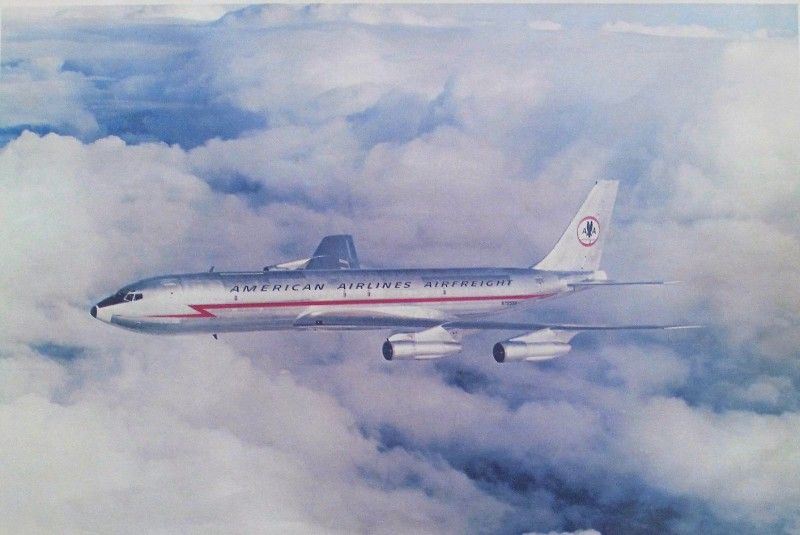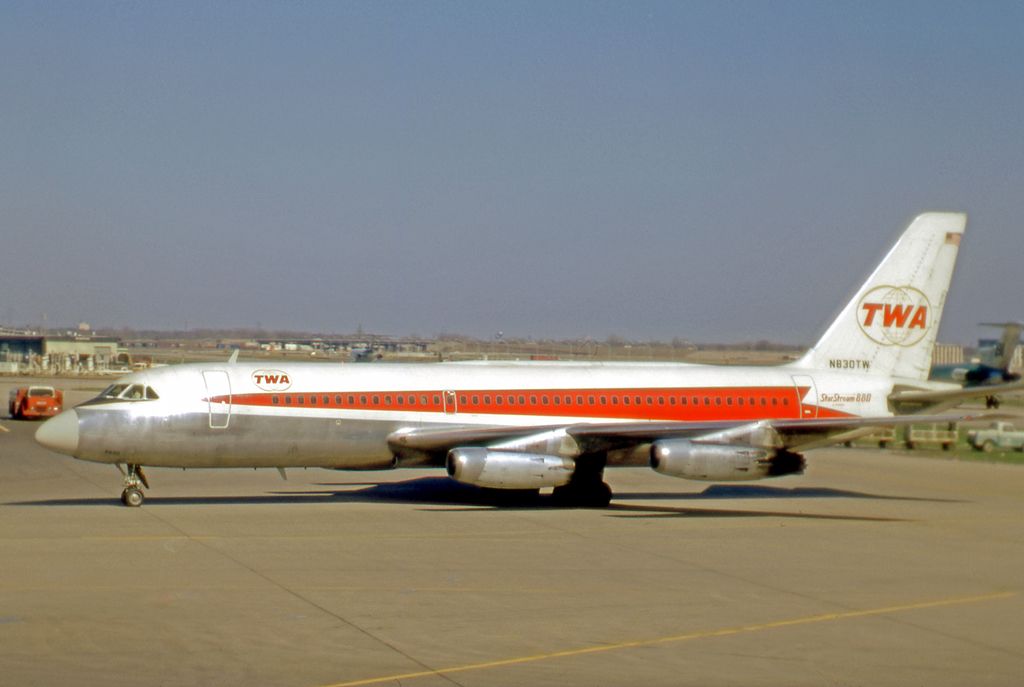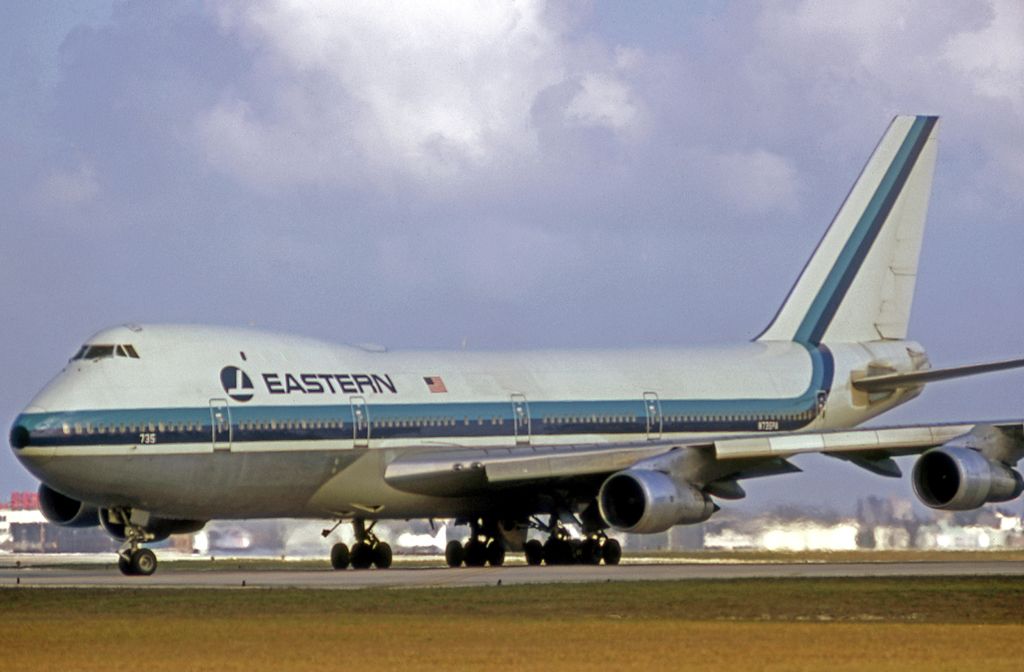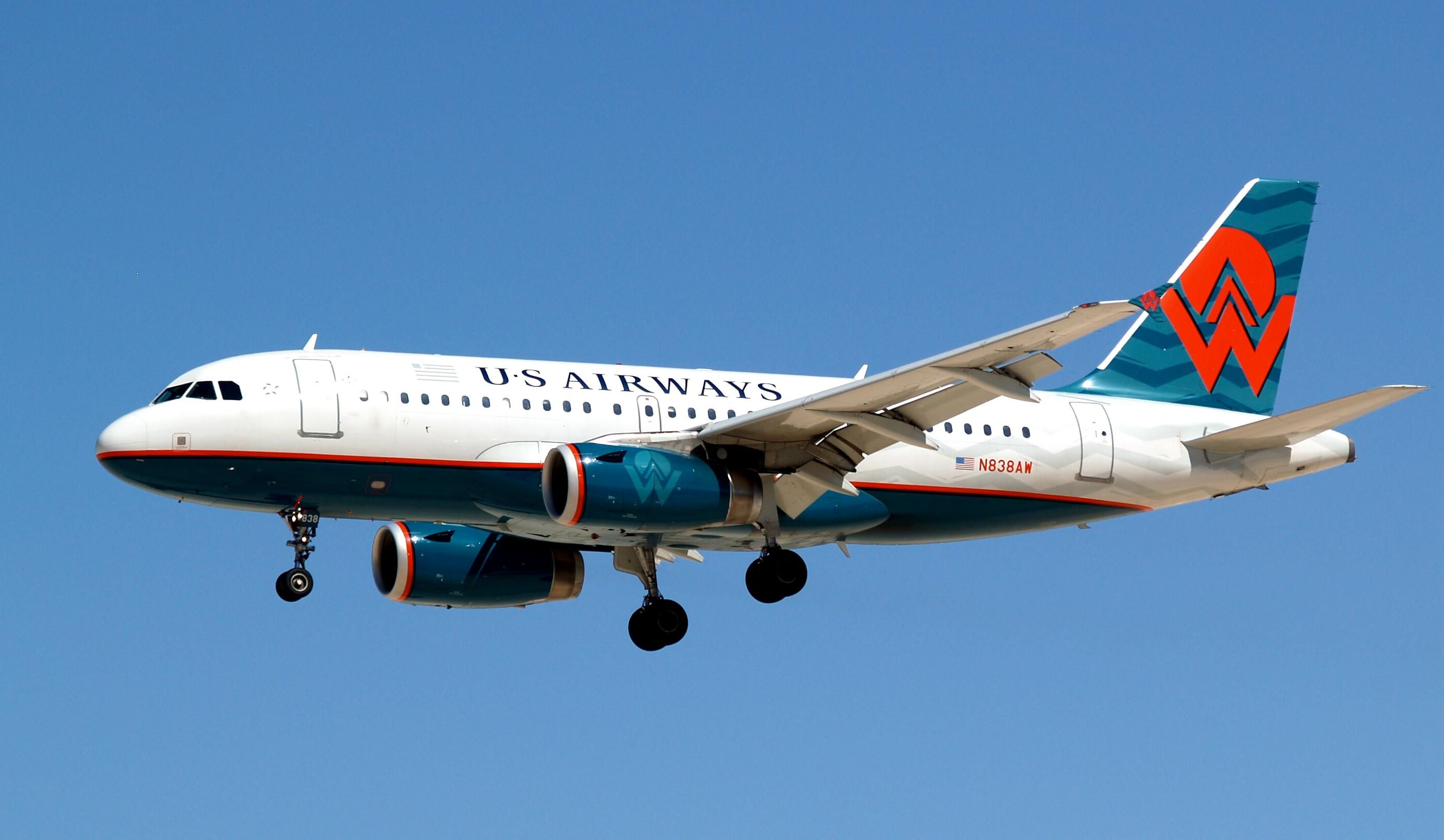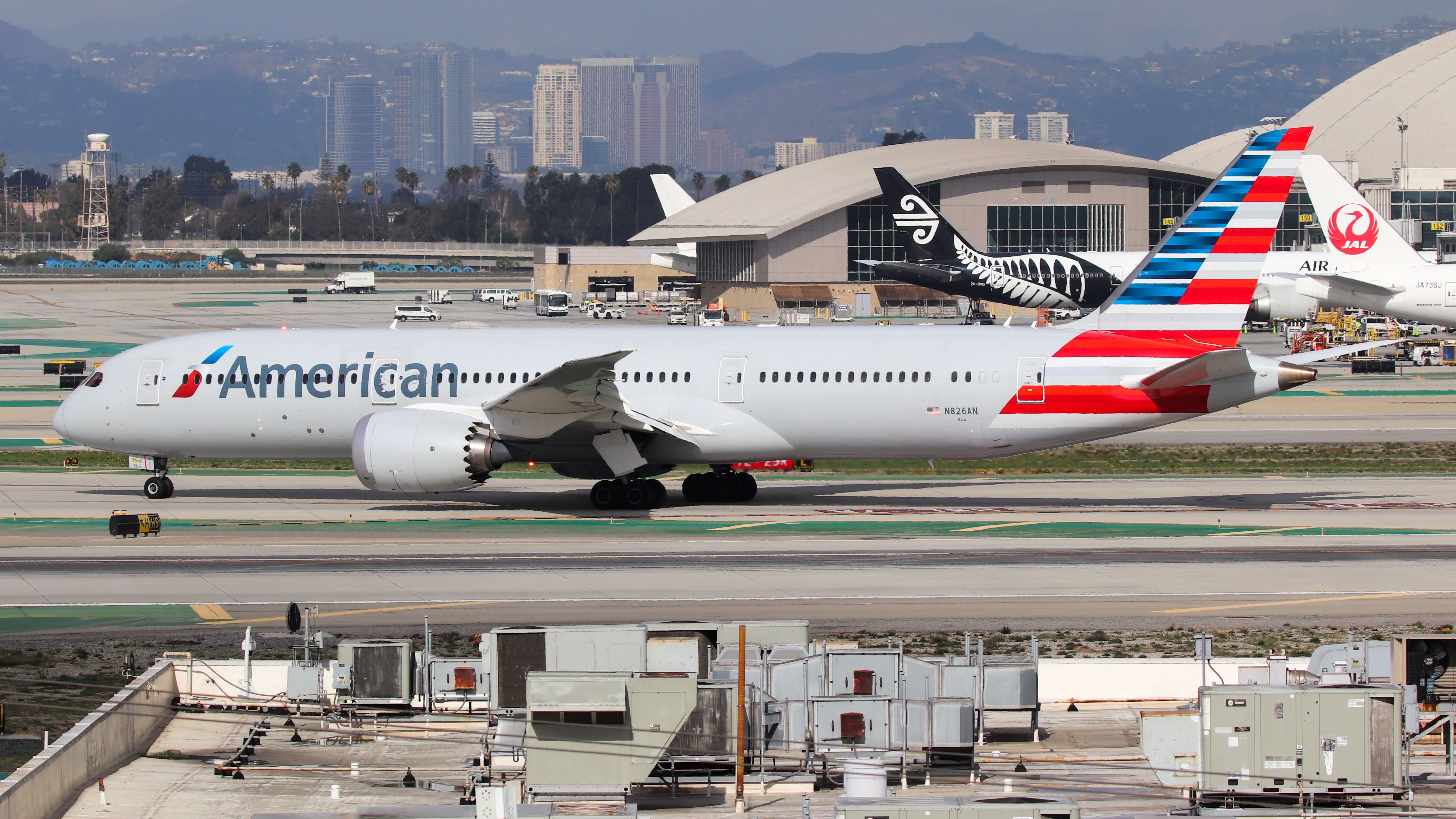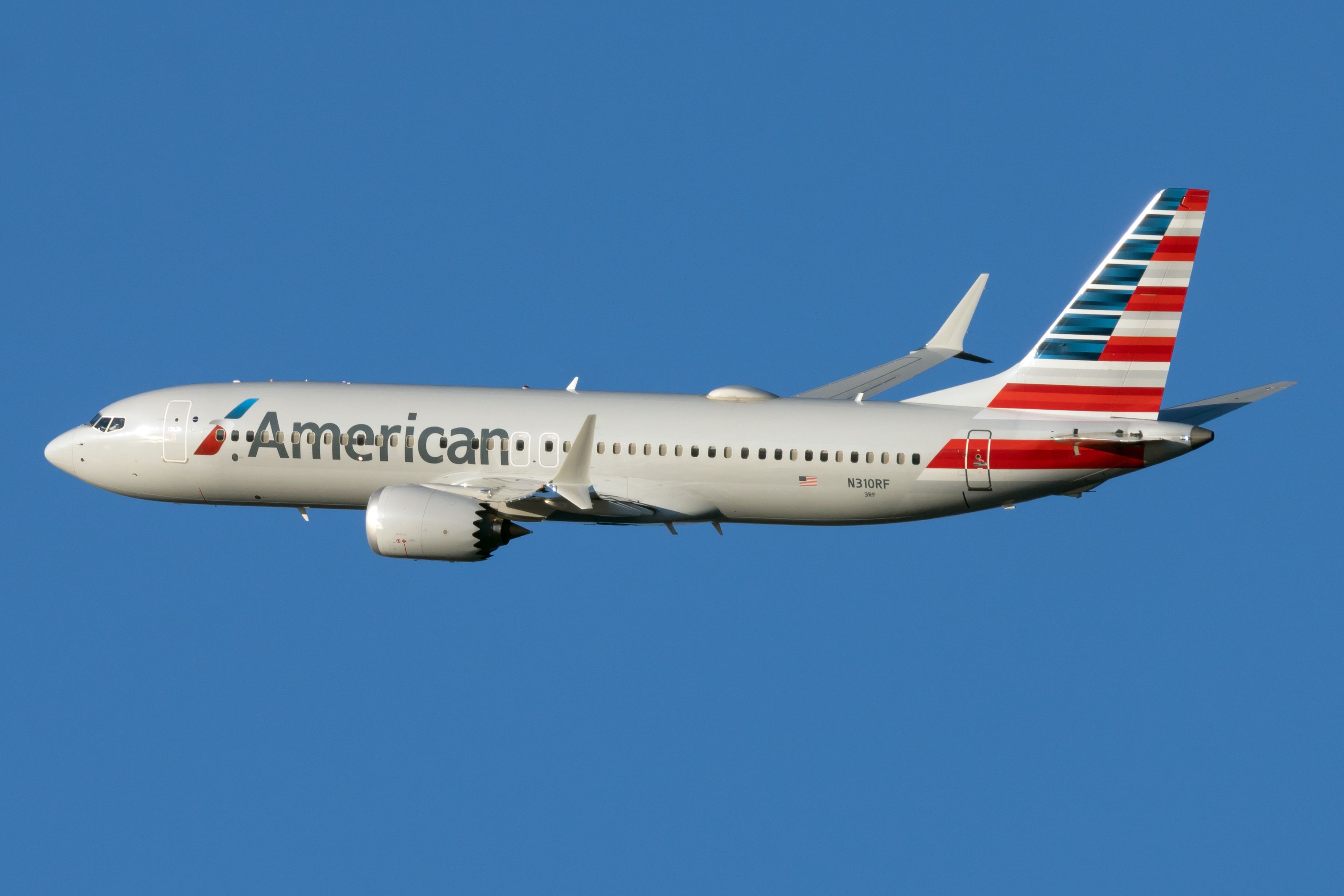Summary
- American Airlines has a rich history, starting as a domestic mail carrier before becoming a major international operator with over 1,000 aircraft in its fleet.
- The introduction of the Douglas DC3 aircraft in 1936 allowed American Airlines to offer passenger services between key cities, leading to the popularity of its “Flagship” services.
- The airline experienced expansions, acquisitions, and financial difficulties throughout the years, including a merger with US Airways in 2013, but remains one of the largest airlines globally.
Although not the oldest airline operating today, American Airlines is the largest by fleet size - with over 1,000 aircraft. With expanding international routes, it is a familiar livery worldwide. We look in this article at the airline’s history, from a domestic mail carrier to a significant global operator, that brought it to where it is today.
Early operations in the US – up to the 1930s
The beginnings of American Airlines came in the 1920s with cooperation between several small airlines across the US – including Southern Air Transport in Texas, Southern Air Fast Express on the West Coast, and Colonial Air Transport in New York. These started working together under the brand name of ‘American Airways,’ mainly operating mail services and serving 72 cities across the US.
‘American Airlines’ was launched in 1935 when US businessman E.L. Cord acquired and renamed American Airways. Texan businessman C. R. Smith was hired as the new airline's first CEO.
Developing the DC3 and passenger service
One of the most significant steps in American Airlines’ early history was the introduction of the Douglas DC-3 aircraft. Smith worked with Douglas to develop this larger version of the already operational DC-2. This version allowed for better passenger sleeper (or seat) capacity and longer range. It started operating with American Airlines in 1936.
The DC-3 changed the service the airline could offer. It introduced passenger service between many key cities (not just mail or combined mail and passengers as before), including coast-to-coast operations. These ‘Flagship’ services soon became one of its most popular and signature offerings.
Along with the new aircraft and services, American Airlines also started investing in airports at this time. They worked with New York Mayor Fiorella LaGuardia on the development of a new airport for the city.
To better serve its passengers, the airline opened a club for top passengers (known as ‘Admirals’) at this airport in 1939. Interestingly, they were initially refused permission to name this as the ‘Admirals Club’ due to the possible confusion with serving Navy Admirals and had to use the name’ Flagship Club’ until this was resolved.
Expanding in the 1940s
As with many airlines, service with American Airlines slowed during the Second World War. But it had already established itself as a leading passenger carrier, and soon after the war, it again resumed expansion.
The airline established a separate company, ‘American Overseas Airlines,’ in 1945, which began operating overseas flights to Europe. Likewise, ‘American Airlines de Mexico’ started services to the bordering nation.
To improve domestic transcontinental service, the airline introduced the Douglas DC-7 in 1953. This allowed for a much enhanced non-stop service. The airline further expanded in 1959 with the introduction of the Lockheed Electra.
Love aviation history? Discover more of our stories here
Entering the jet age with the Boeing 707
Jet aircraft entered service with American Airlines in 1959 with the introduction of the Boeing 707. These aircraft offered faster and smoother flights and gradually expanded use on both intercontinental and international flights..
Expansion through the 1970s and 1980s
International route expansion continued in the 1970s, with American Airlines now serving Sydney and Auckland (via American Samoa and Fiji). In 1971, the airline acquitted Trans Caribbean Airways, adding further to their Americas route network.
It also operated a separate domestic and international freight service, using Boeing 707s and later Boeing 747 aircraft. ‘American Freighter’ continued operations until 1984.
Significant operational changes came later in the decade when the airline moved its main headquarters from New York to Fort Worth, Texas, in 1979. New hubs also opened at DFW airport in 1981 and Chicago O’Hare (ORD) in 1982 – along with a switch to a more ‘hub and spoke’ flight operating model. The 1980s saw them adding additional hubs in San Jose and Raleigh / Durham – which served until the early 1990s.
Get all the latest aviation news for North America here
Another first was the creation of a frequent flyer program in 1981. The AAdvantage scheme would reward regular travelers with benefits and mileage currency – the first attempt to build loyalty this way.
Love learning about points and miles? Read more of our loyalty news and guides here.
More acquisitions and cooperation in the 1990s
American Airlines started transatlantic services to London in 1982, which were expanded in 1990 when it bought rival US airline Trans World Airlines (TWA) operations at London Heathrow. TWA was acquired entirely by American Airlines in 2001 after continued financial difficulties.
The airline also took over routes from Eastern Airlines, covering various destinations in Central and South America. This expansion brought Miami onboard as another central hub for American Airlines. And with continued growth during the 90s, they became a primary carrier for the region.
Airline alliances also started to form in the 1990s, and American Airlines became a founding member of the oneworld alliance in 1999 (along with British Airways, Cathay Pacific, Qantas, and Canadian Airlines). It remains a key member today.
American Airlines since 2000 and merger with US Airways
The 2001 terrorist attacks in New York (involving two American Airlines planes) hit the US aviation market hard. Following this, American Airlines did not make a profit until the second quarter of 2005. Despite the downturn, expansion continued, including introducing new services to India and China.
Financial difficulties returned following the 2008 financial crisis. The parent company of American Airlines – AMR Corporation – filed for bankruptcy protection in 2011. A merger between AMR Corporation and US Airways was announced in February 2013. Following a review of objections based on competition and antitrust, the Federal Aviation Association issued a new joint operating certificate in 2015. The combined airline became the largest airline globally (by fleet size) and would operate under the American Airlines brand.
Throughout this, American Airlines has continued upgrading its aircraft fleet. In 2011, it ordered 460 new Boeing 737 and Airbus A320 aircraft to replace the short- and medium-haul existing fleet, including all MD-80 aircraft (the last of this long-serving fleet was retired in September 2019). Long-haul operations have seen more orders for Boeing 777 and 787 aircraft – with orders for 89 new 787 aircraft in April 2018.
Today, the airline operates a fleet of just over 1,000 aircraft (according to fleet data from ch-aviation.com). It sits ahead of United Airlines for the largest airline fleet, but competes closely with United and Delta Air Lines for most revenue and profit.
As of mid-2023, American Airlines shows no signs of slowing. It has refreshed its narrowbody fleet with big Boeing 737 MAX and Airbus A320 orders - it still has 50 A321XLR and 79 737 MAX 8 aircraft to be delivered. For widebodies, it has an impressive 30 Boeing 787-9 still on order (joining the 59 current 787 aircraft).
There is plenty to discuss about the long history, expansion, and acquisitions of American Airlines to become what it is today. Feel free to discuss this further in the comments section.
Sources: ch-aviaiton.com


